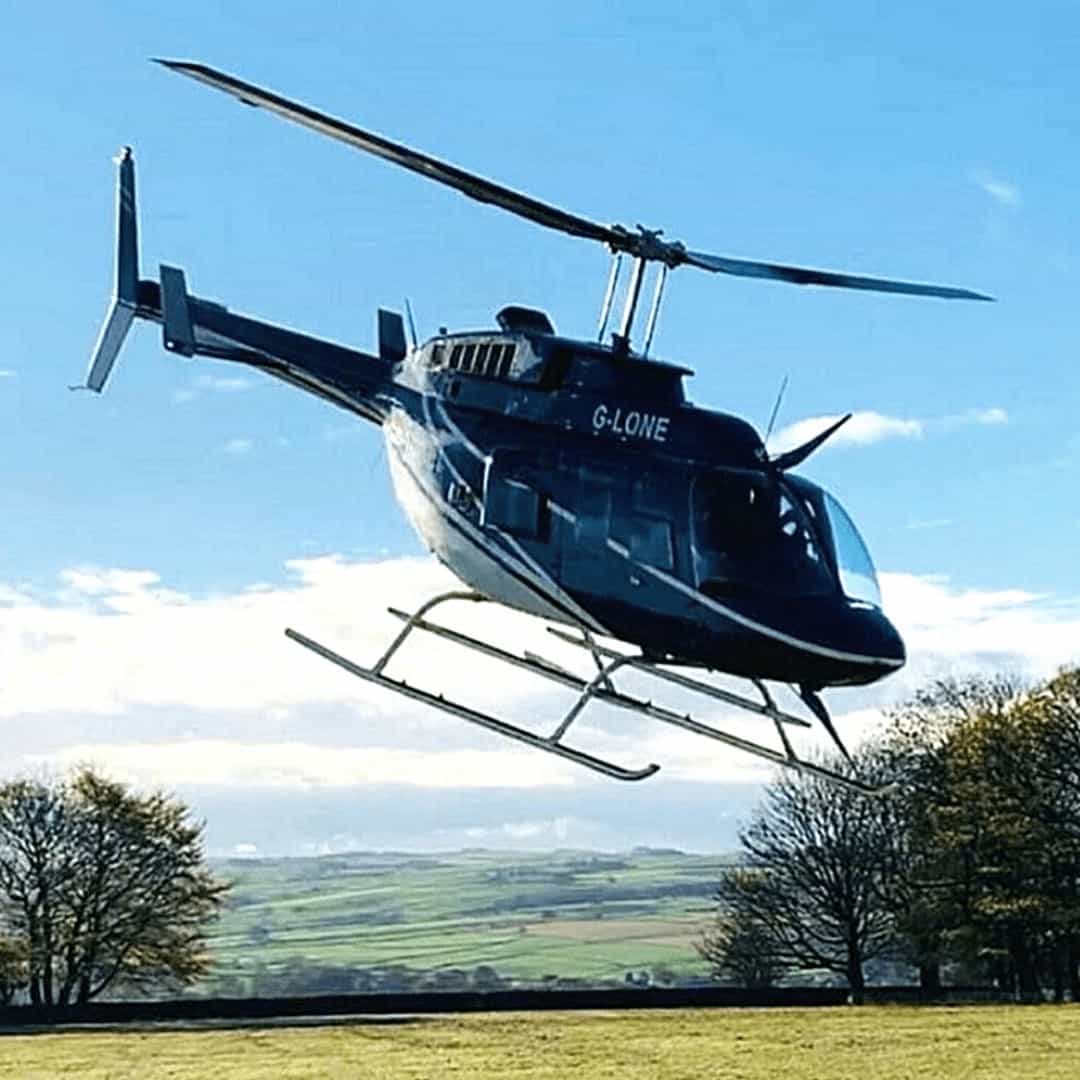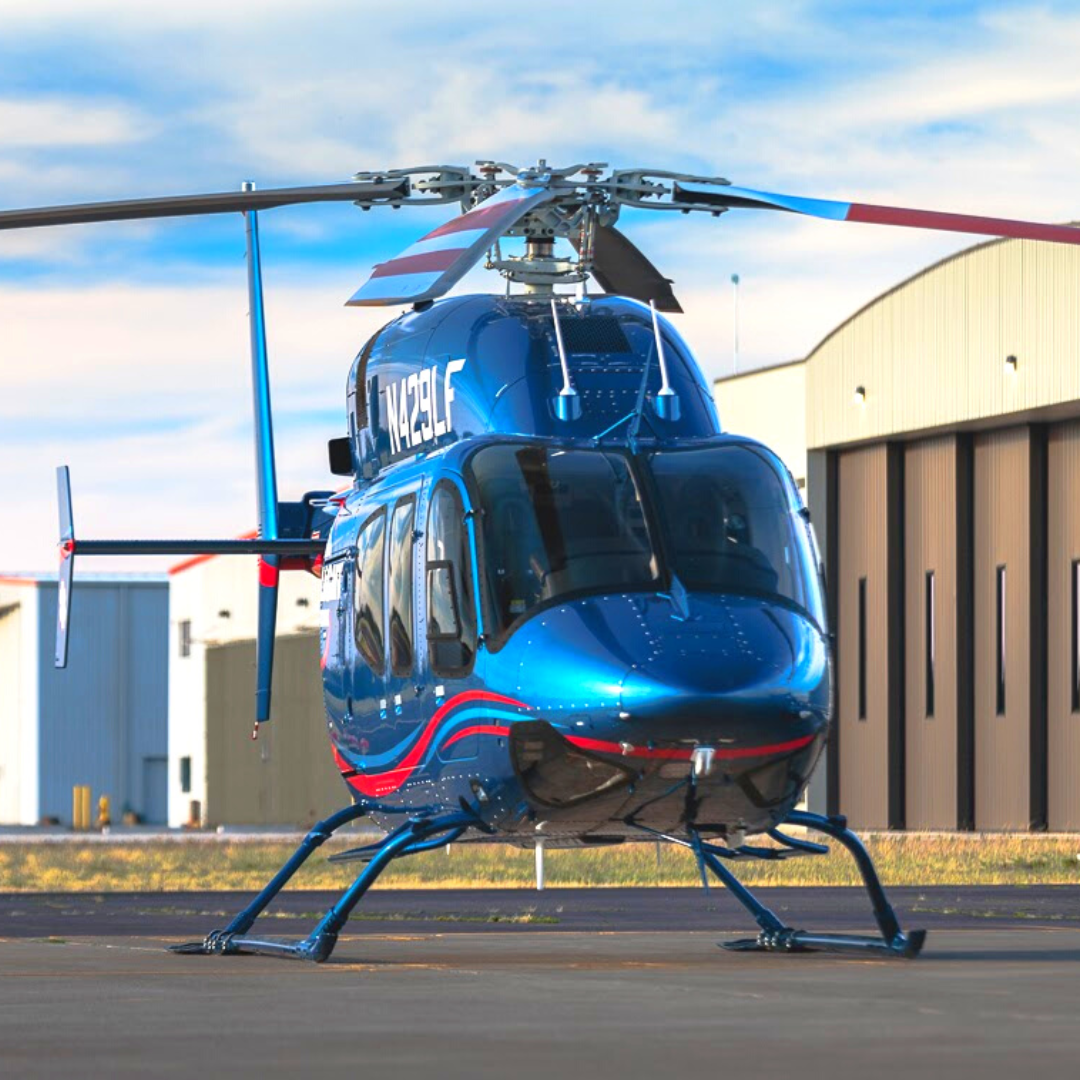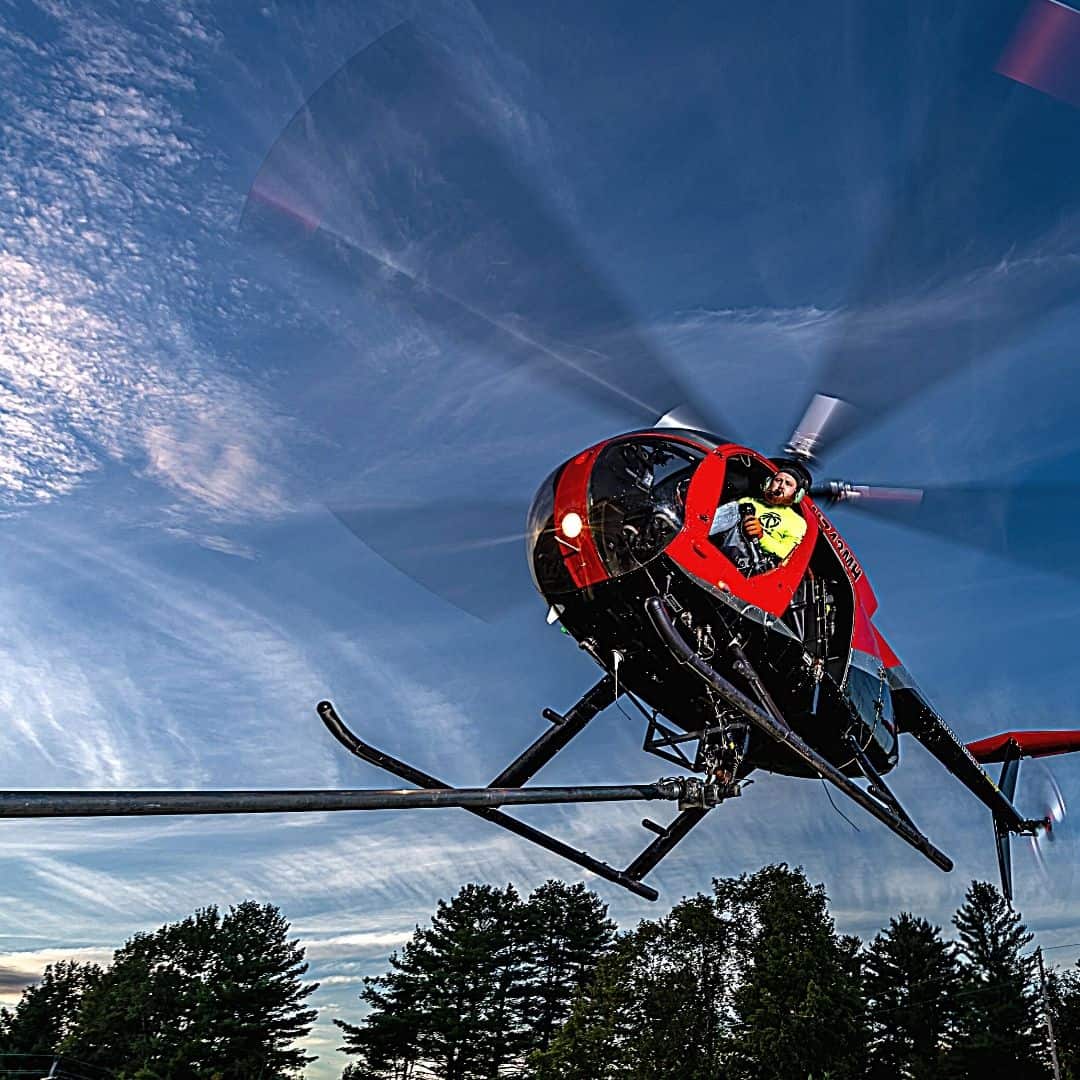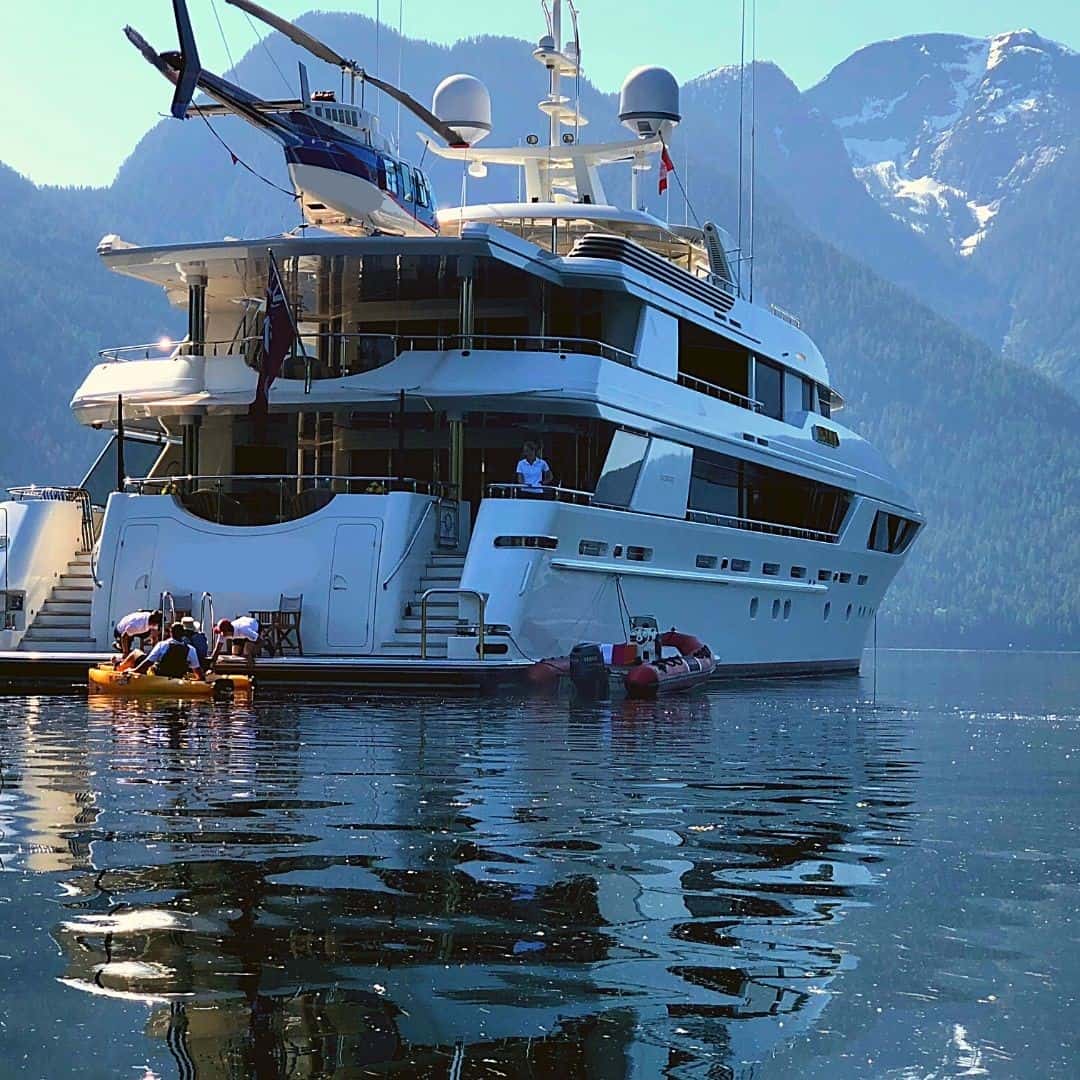For a large majority of the Civilian Helicopter Pilots among us, at some point in time, we might find ourselves considering the option of “Tour Pilot”. It’s especially helpful early on, while building valuable experience and flight time for that next rung on the career ladder. If it’s something that interests you, you’ll find this description from Mark O’Donnell who flies the Bell 206 in the North West of England, very helpful.
The Rotor Break
by Mark O’Donnell
My day usually begins with a journey to collect the helicopter. Once there it’s time for a cuppa before doing the daily aircraft check. This machine is so different from the Robinson 22 you do your CPL in. Pop the side cowl and the smell is awesome. I get excited at just the thought. All this hard work is finally paying off. I have my first paid flying job. I’ve of course taken all the selfies I can and sent my mum and gran and all my friends my pic. Getting steps to check the oil is a very different feeling. No clambering down under the 22.

Pleasure flying is a very busy, and at times hectic environment so making sure everything is planned out is important. We check the notams and activate any non-standard flight plans we may have.
Once the pre-flight paperwork is completed it’s time to get going. Then comes the start…. check the panel and fuel boost pumps and here goes. Your heart is pounding as you’re probably still in single figures starting a turbine. You ‘press the button’, wait until 15% then open the throttle. The temperature soars past 700⁰f in seconds. The heart races in case we get the dreaded hot start. The TOT drops and all is good. Breakers in, check ‘the 4 corners’, a slang term for anti col, generator, position lights, and gyros. The Bell 206 jet ranger is a great machine and a joy to fly but you’re constantly looking at TOT and Torque.
Venues can be anything from a farmer’s field to a busy airport so its always good to get everyone together to have a morning briefing. Then off to the tower to speak to ATC and see how they would like us to operate. Many of the flights are operated within controlled airspaces such as Heathrow, Manchester, or Glasgow, so always get a dialogue going to see if you can get to where you want to. ATC are really helpful and if you can work with them you’ll get a lot better result.


The ground crew always consist of 5 members, all fire and first aid trained with individual roles to play. We operate usually in blocks of 2 hours followed by a break. There are 3 if these up to our maximum hours. Passengers arrive, get weighed and checked in and then allocated onto their flights. Safety briefs are carried out and then they are ready to go.
As the pilot, it is my responsibility to make sure the crew are aware of maximum weights, and also the maximum front seat passenger weight. Quite often this will catch you out when someone books a flight at Xmas and then turns up 10kg heavier. Passengers loaded and away we go.


Roll on the throttle and watch the RPM rise. Watch the torque and up into the hover. On those hot summer days, it can be sitting close to max. We are often working close to max gross weight so it’s all eyes on the gauges but once we get moving it’s all good, we’re up. The passengers squeal with excitement and delight. The patter begins. ‘On our left is…..on our right is…’ Flights can be 5-minute buzz flights to longer bespoke sightseeing tours. It’s a good idea to know the area as you’ll be expected to give some commentary.
Quite often in busy areas such as London we will hear the familiar call signs, “Castle, Whisper, Redhill, Arena” to name a few. All ushering eager passengers up and down the sights along the Thames. Then back to offload the passengers and get the new passengers loaded on. Roll on the throttle and away we go again. It can be hard going at times, especially when it’s hot but the work is so rewarding. One day you’ll be flying up the Thames and the next over Old Trafford.


Take the heli back to base and put it to bed ready for the next day. You never have time to be bored and the hours soon rack up. Pleasure flying isnt the ‘country fair experience’ it used to be. It’s commercial transport and closely monitored. There’s regular Inspections from the CAA so paperwork has to be tip-top.
I would recommend this to anyone wanting to get the experience of VFR flying and logging hours. Yes, there are those in the industry who frown upon it and think we are the bottom feeders of the helicopter world but the view is the same and it’s great fun. Got a shiny new CPL and want to cut your teeth at something other than instructing. Try getting involved with pleasure flying and you’ll find your skills and understanding of flying developing in no time.


Mark O’Donnell fly’s a Bell 206 throughout the Northwest of England. His Employer, Adventure 001 is the UK’s largest Helicopter Pleasure Flying Company.
Mark came up through their “Career Development Program” and is planning on moving on to HEMS in the near future




